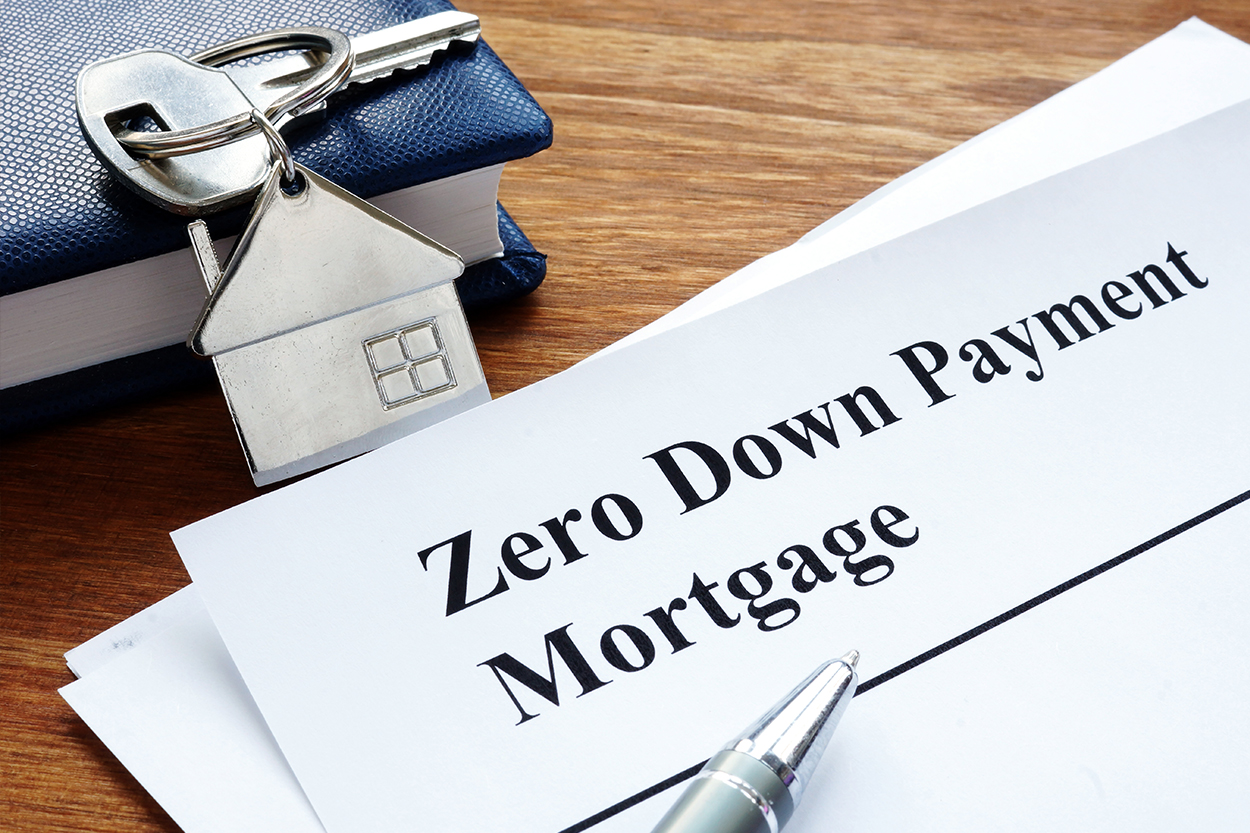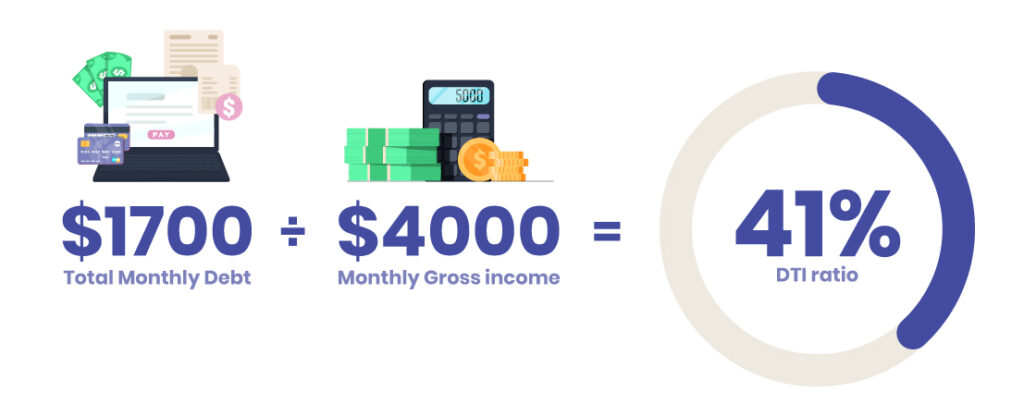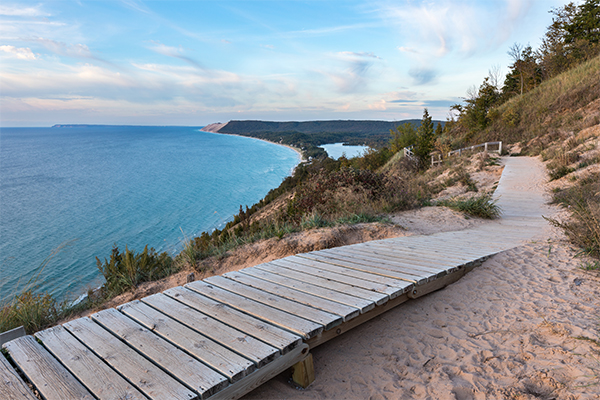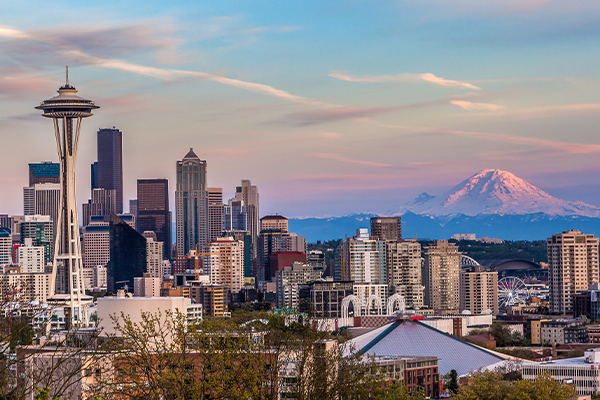Buy Your First Home with No Down Payment

Key takeaways:
- A zero-down mortgage program lets you bypass down payment requirements when you buy a house.
- Down payment assistance helps you get into a home faster, with fewer upfront costs.
- Local programs offer additional help and grants to first-time home buyers.
Buying a new home is – to put it mildly – a big, important decision. Your first home will almost certainly be the most expensive purchase of your lifetime – and a large portion of that cost is the down payment. Many borrower programs require a down payment ranging from 3% to 20% of the purchase price, which adds up to tens of thousands of dollars. (For example, 20% down on a $250,000 home is $50,000.) If you’re like most of us, you don’t have that kind of money just lying around.
That’s the beauty of a zero-down mortgage. A home loan without no down payment requirement lets you bypass this limitation and get into your home faster. The easiest way to access such a mortgage is to tap into government-backed loans, such as the USDA or VA loan programs. Let’s look at each of these in detail.
Understanding the USDA Loan

The USDA loan is backed by the U.S. Department of Agriculture as part of the government’s Rural Development Guaranteed Housing Loan Program. This type of loan is available to borrowers with low-to-average income who are purchasing in a qualifying location.
To qualify for a USDA loan, the property location must be what the USDA considers a “rural” area. This is typically a location with a population of 20,000 or less. The qualified borrower must also meet special income qualifications. For example, you can’t earn more than 15% of the local median salary.
As we mentioned above, USDA loans are available with no down payment. Another benefit of a USDA mortgage for first-time home buyers is that the interest rate is lower than in other popular home loan programs, such as a FHA loan or conventional loans. These loans typically have an interest rate that is 0.5% to 0.75% higher than the rate in the USDA program.
Another important caveat: The property must be used as your primary residence. For example, you can’t purchase the home and rent it out or use it as a vacation home. A few more qualifications include:
- Steady employment and tax return income documentation
- Credit score of at least 640
- Debt-to-income ratio of 41% or less
But wait – what’s a debt-to-income ratio? Let’s explore that in detail.
Understanding Debt-to-Income Ratio
A debt-to-income (DTI) ratio is a financial formula that compares your monthly debt payments to your gross income. Roughly speaking, it’s how much you owe versus how much you make.
Debt payments include credit cards, loans and your mortgage payment. Gross income is simply what you earn before taxes and other deductions are taken from your check. Calculate your debt-to-income ratio by dividing your total monthly debt payments by your gross income.

For example, let’s say that your gross income is $4,000 monthly, while your monthly debt payments add up to $1,700. If you divide $1,700 by $4,000, you get a DTI ratio of 41%.
Mortgage Insurance and USDA Loans
We know USDA loans sound pretty attractive so far, but there is a slight catch: If you put down less than 20% on a home, you might have to pay private mortgage insurance (PMI).
PMI helps the lender minimize its financial risk and costs you anywhere from 0.50% to 1% of the purchase price of the home. The cost is rolled into your monthly payment. There is also an upfront and annual fee based on the remaining balance of the mortgage principle. Here is a quick breakdown of your typical costs:
- 1% upfront fee paid at closing for purchases.
- All loans pay a 0.35% annual fee based on the remaining principle balance.
For every $100,000 borrowed, you will need to make a $1,000 “upfront” payment and pay $29.17 monthly for mortgage insurance. The upfront mortgage insurance, however, does not need to be paid in cash. It can be added to your loan balance.
Understanding the VA Loan

Another popular program for first-time home buyers that does not require a down payment is the VA loan. This home mortgage is backed by the U.S. Department of Veterans affairs. It helps lenders reduce risk and allows for no down payment. To be eligible for this type of loan, you’ll need to meet these requirements:
- You’re currently on active military or a veteran honorably discharged.
- You’ve served at least 90 consecutive days of active service during wartime, or at least 181 consecutive days of active service during peacetime.
- You’ve served a minimum of six years in the National Guard or Selective Reserve.
You may also qualify for this program as the spouse of military personnel. As with the USDA loan, the home must be owner-occupied (i.e. you can’t purchase a home and then rent it out). A few additional requirements include:
- Borrowers need to show they have enough income to make mortgage loan payments.
- Borrowers should not have a large debt load.
- There isn’t a formal minimum credit score requirement. For example, if you are a first time home buyer with a low credit score, a first time home buyer credit score 550, or a first time home buyer with no credit or with lower credit scores, this program might be a good fit.
The VA loan does not require PMI. This can save you hundreds of dollars annually on extra payments. Note that this loan does have a VA funding fee, which varies based on how much money you put down, and whether it’s the first time that you’ve purchased a home using the benefit. For example, a first-time home buyer with no down payment will pay a funding fee of 2.30% of the loan value. Anything after that first-time use of the program requires a fee of 3.60%.
First Time Home Buyer Loans with Zero Down: Grants and Assistance
If you don’t qualify for a USDA or VA loan, there are other options that help offset the upfront costs of homeownership. Grants and down payments are frequently offered through your local housing finance authority. These programs come in a variety of forms, such as a zero-interest loan or a grant that does not require repayment. Here is a quick summary of potential programs:
Grants: A grant (typically offered by a local non-profit or city government agency) provides a one-time payment that covers your down payment needs – and in some cases the closing costs. The funds are a “gift” program and do not require repayment.
Low-interest loans: These programs offer low-interest or zero-interest loans that cover your down payment costs. These loans allow you to repay over the life of the loan rather than pay everything upfront.
Deferred-payment loans: A deferred-payment loan allows you to put off making any payments on the loan amount until you sell or refinance the home. Interest rates are as low as 0%, which means you don’t need to pay any accumulated interest.
Loan forgiveness: When a loan is “forgiven,” that means you don’t need to pay it anymore. Some loans are forgiven once you meet specific program criteria. For example, if you maintain a good loan repayment history for a certain number of years, the remainder may be forgiven.
Consider your local programs, but don’t forget to look for programs at a bank, credit union, or a credit bureau. For example, a financial institution might offer a lump sum of money for first-time home buyers that can be used toward closing costs or down payment needs.
Getting into your Home with Less Upfront Cost
In many ways, first-time home buyers are in a great position! There are many special programs available to you that are not open to other home buyers. Your job is simply to combine them in the most effective way. Tap into whatever down payment assistance and specialized grants are available, alongside government-backed loans to help offset closing costs and extra fees. The more research you do, the lower your housing costs will ultimately be.






